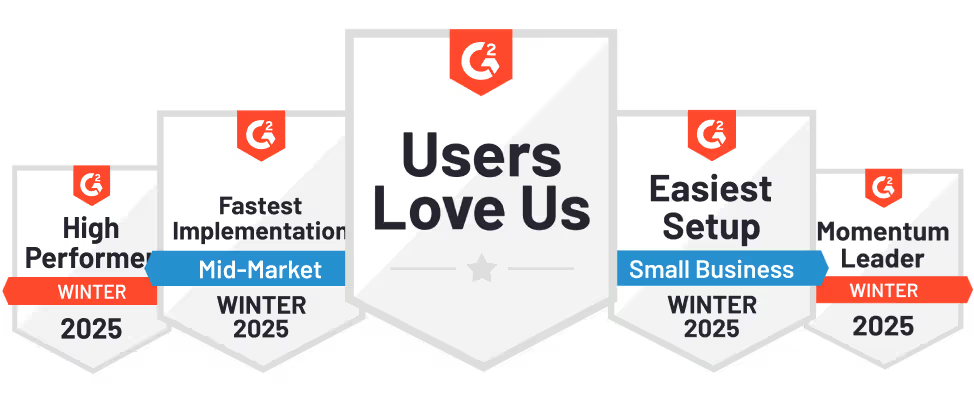1. Organize with Campaign Groups
Campaign Groups serve as the top-level organizational structure for your LinkedIn ads. They allow you to group related campaigns, making managing budgets, tracking performance, and aligning your advertising efforts with broader marketing objectives easier.
Examples of Campaign Groups:
- Funnel-Based Organization:
- ToFu (Top of Funnel)
- MoFu (Middle of Funnel)
- BoFu (Bottom of Funnel)
- Product/Service Line Segmentation:
- Group A: Product X Campaigns
- Group B: Product Y Campaigns
- Group C: Service Z Campaigns
- Geographic Targeting:
- North America Campaigns
- EMEA Campaigns
- APAC Campaigns
- Quarterly or Monthly Groupings:
- Q1 2025 Campaigns
- Q2 2025 Campaigns
Example: You're a B2B SaaS company offering a project management tool. Your campaign group structure might look like this:
- ToFu Awareness (Blog Content Promotion)
- MoFu Consideration (Product Demo Videos)
- BoFu Conversion (Free Trial Sign-ups)
Organizing your campaigns allows you to efficiently allocate budgets and assess performance across different stages of the buyer's journey.
2. Segment by Persona
Creating separate campaigns for different buyer personas allows you to tailor your messaging, creative assets, and targeting to specific audience segments. This personalization leads to higher engagement rates and more effective use of your ad spend.
Examples of Persona Segmentation:
- Job Title/Function:
- C-Suite Executives
- Mid-Level Managers
- Individual Contributors
- Industry Vertical:
- Technology
- Healthcare
- Finance
- Company Size:
- Small Business (1-50 employees)
- Mid-Market (51-1000 employees)
- Enterprise (1000+ employees)
- Pain Points/Challenges (in the context of a Project Management Tool):
- Time Management
- Team Collaboration
- Resource Allocation
Example: Continuing with our B2B SaaS project management tool, here's how you might segment your campaigns by persona:
- Campaign A: CTOs at Enterprise Companies
- Messaging: Streamline Your Development Process
- Targeting: Job title ‘CTO,’ Company size 1000+
- Campaign B: Marketing Managers at Mid-Market Companies
- Messaging: Boost Your Team's Productivity
- Targeting: Job function ‘Marketing,’ Company size 51-1000
- Campaign C: Small Business Owners
- Messaging: Affordable Project Management for Growing Teams
- Targeting: Job title ‘Owner,’ Company size 1-50
Split by Ad Format and Objective
Different ad formats and campaign objectives serve various purposes in your marketing funnel. Separating them allows for more precise performance tracking and optimization.
Examples of Ad Format and Objective Splits:
Example: Let’s go over a few examples to see how we can structure campaigns by format and objective:
- Video Ad Campaign:
- Objective: Brand Awareness
- Content: 1-minute product overview video
- Target: Broad audience of project managers and team leads

- Carousel Ad Campaign:
- Objective: Website Visits
- Content: 5-card carousel showcasing key features
- Target: Mid-level managers who've engaged with previous content

- Lead Gen Form Campaign:
- Objective: Lead Generation
- Content: Offer for a free/ gated eBook
- Target: Decision-makers who've visited the website

- Sponsored InMail Campaign:
- Objective: Website Conversions
- Content: Personalized invitation for a free trial
- Target: Warm leads who've downloaded content but haven't signed up

InMail by InRadius offering a Free Trial

By structuring your campaigns this way, you can:
- Allocate budget more effectively across different stages of the funnel
- Tailor messaging and creative assets to specific audience segments
- Measure and optimize performance for each ad format and campaign objective
- Scale successful campaigns while pausing or adjusting underperforming ones
Quick glance:






